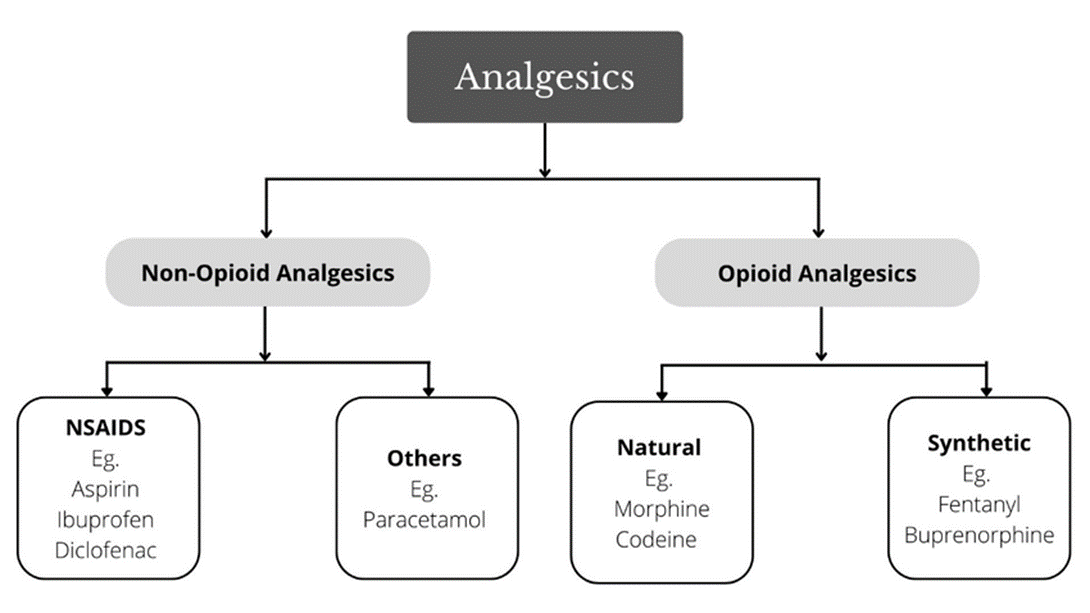An older adult client arrives at the clinic describing a new onset of urinary incontinence. Which intervention should the nurse implement?
Obtain a clean, voided urine specimen for analysis.
Evaluate the client's response to bladder training efforts.
Provide protective undergarments for the client.
Encourage increased fluid intake for 24 hours.
The Correct Answer is A
Choice A reason: Obtaining a urine specimen is essential for analyzing possible infections or other abnormalities that could be causing urinary incontinence.
Choice B reason: While evaluating the client's response to bladder training is important, it is not the first step before diagnosing the cause of new-onset incontinence.
Choice C reason: Providing protective undergarments may help manage symptoms but does not address the underlying cause of the incontinence.
Choice D reason: Encouraging increased fluid intake could potentially exacerbate incontinence symptoms and is not a diagnostic intervention.
Nursing Test Bank
Naxlex Comprehensive Predictor Exams
Related Questions
Correct Answer is A
Explanation
Choice A reason: The priority is to manage the client's severe pain, which can be achieved through the administration of an IV analgesic. Effective pain management is crucial for postoperative recovery and can prevent complications related to increased pain, such as elevated heart rate and blood pressure.
Choice B reason: While assessing the IV site for patency is important, it is not the most critical intervention when a client is experiencing severe pain.
Choice C reason: Providing a pillow for splinting can help with pain management during movement or coughing but does not directly address the immediate need for pain relief.
Choice D reason: Placing the client in a high-Fowler's position may aid in comfort and breathing but is not the most important intervention for severe pain management.

Correct Answer is A
Explanation
Choice A reason: Understanding the reason for taking aspirin is crucial because it could be for a chronic condition that requires antiplatelet action, which ibuprofen does not provide. Aspirin is often prescribed for its antiplatelet effect to prevent blood clots, while ibuprofen is primarily used for pain and inflammation.
Choice B reason: While the dosage of ibuprofen is important, it is secondary to understanding the purpose of the aspirin therapy. Overdosing on ibuprofen can lead to serious side effects, but the immediate risk of stopping aspirin without a suitable substitute could be more critical.
Choice C reason: Assessing the amount of pain control is important to evaluate the effectiveness of ibuprofen as a substitute for aspirin. However, this does not address the potential risks associated with the cessation of aspirin, especially if it was prescribed for cardiovascular reasons.
Choice D reason: The presence of gastric pain could indicate an adverse reaction to ibuprofen, which is known to cause gastrointestinal issues. However, this information is not as immediately necessary as understanding the reason for aspirin therapy, which could have significant implications for the client's health.
Whether you are a student looking to ace your exams or a practicing nurse seeking to enhance your expertise , our nursing education contents will empower you with the confidence and competence to make a difference in the lives of patients and become a respected leader in the healthcare field.
Visit Naxlex, invest in your future and unlock endless possibilities with our unparalleled nursing education contents today
Report Wrong Answer on the Current Question
Do you disagree with the answer? If yes, what is your expected answer? Explain.
Kindly be descriptive with the issue you are facing.
